Growth in the Pharmaceutical Sector
The Ethylene Vinyl Alcohol Evoh Market is poised for growth due to the increasing utilization of Evoh in the pharmaceutical sector. The material's excellent barrier properties are crucial for protecting sensitive medications from moisture and oxygen, thereby ensuring their efficacy. As the pharmaceutical industry expands, particularly in the development of advanced drug delivery systems, the demand for Evoh-based packaging solutions is expected to rise. Recent estimates suggest that the pharmaceutical packaging market could reach USD 100 billion by 2026, with Evoh playing a pivotal role in this growth. The ability of Evoh to maintain the stability of pharmaceutical products makes it a preferred choice among manufacturers, thereby driving the market forward.
Innovations in Packaging Technology
Innovations in packaging technology are significantly influencing the Ethylene Vinyl Alcohol Evoh Market. The development of advanced manufacturing techniques, such as co-extrusion and blow molding, has enhanced the application of Evoh in various packaging formats. These innovations allow for the creation of multi-layered structures that combine the benefits of Evoh with other materials, resulting in improved performance and functionality. As companies strive to meet consumer demands for convenience and sustainability, the integration of Evoh into new packaging solutions is likely to increase. Furthermore, the market for flexible packaging, which often incorporates Evoh, is projected to grow at a rate of 4% annually, indicating a robust future for the material in innovative applications.
Rising Demand for Barrier Materials
The Ethylene Vinyl Alcohol Evoh Market is experiencing a notable increase in demand for barrier materials, particularly in the food and beverage sector. This trend is driven by the need for enhanced shelf life and product integrity. Evoh's superior gas barrier properties make it an ideal choice for packaging applications, which is projected to grow at a compound annual growth rate of approximately 5% over the next few years. As consumers become more health-conscious, the demand for packaging that preserves freshness and prevents spoilage is likely to rise, further propelling the market. Additionally, the shift towards sustainable packaging solutions aligns with the properties of Evoh, which is recyclable and biodegradable, thus appealing to environmentally aware consumers.
Regulatory Support for Sustainable Materials
The Ethylene Vinyl Alcohol Evoh Market is benefiting from regulatory support aimed at promoting sustainable materials. Governments are increasingly implementing policies that encourage the use of eco-friendly packaging solutions, which aligns with the properties of Evoh. This material is not only recyclable but also derived from renewable resources, making it an attractive option for manufacturers seeking compliance with environmental regulations. As regulations tighten around plastic waste and sustainability, the demand for Evoh is likely to increase. Recent legislative measures in various regions have set ambitious targets for reducing plastic usage, which could further bolster the adoption of Evoh in packaging applications, thereby enhancing its market presence.
Consumer Preference for Eco-Friendly Products
Consumer preference for eco-friendly products is a driving force in the Ethylene Vinyl Alcohol Evoh Market. As awareness of environmental issues grows, consumers are increasingly seeking products that minimize ecological impact. Evoh, known for its biodegradable and recyclable properties, aligns well with this trend. Market Research Future indicates that approximately 70% of consumers are willing to pay a premium for sustainable packaging, which is likely to encourage manufacturers to adopt Evoh in their products. This shift in consumer behavior is expected to drive the growth of the Evoh market, as companies respond to the demand for environmentally responsible packaging solutions. The trend towards sustainability is not merely a passing phase; it appears to be a fundamental change in consumer expectations.


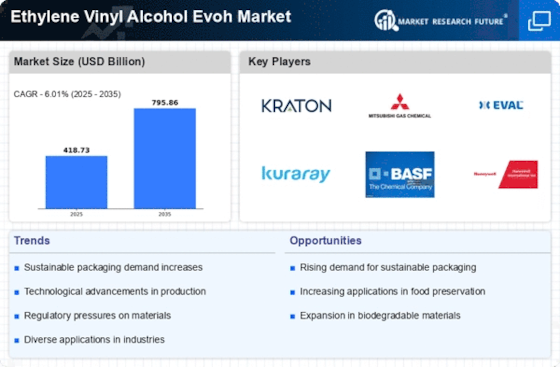
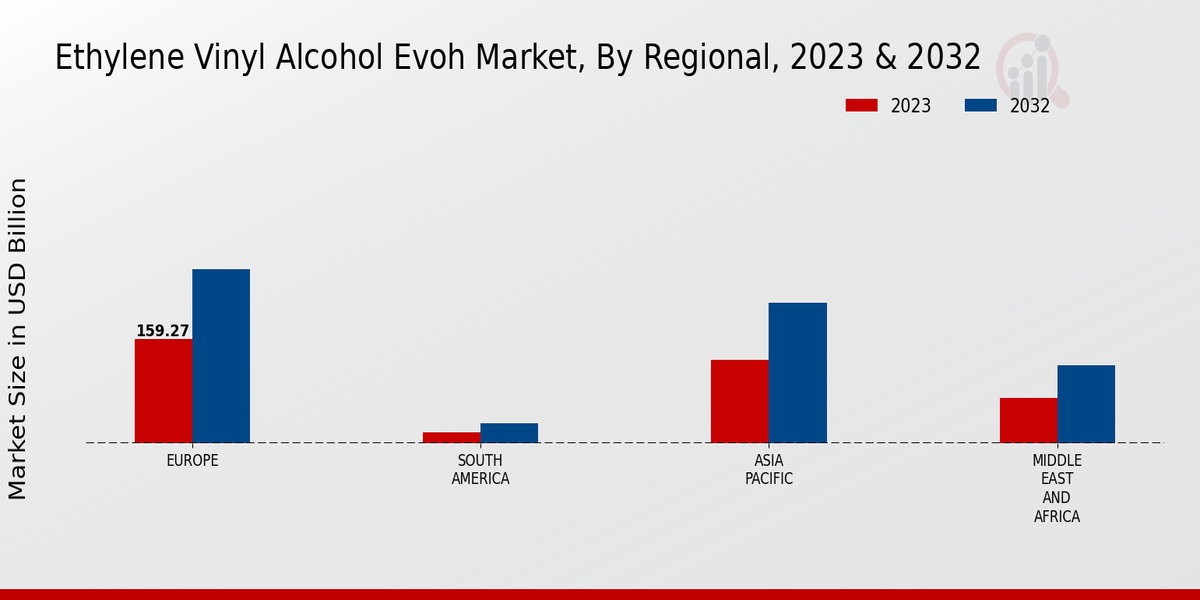

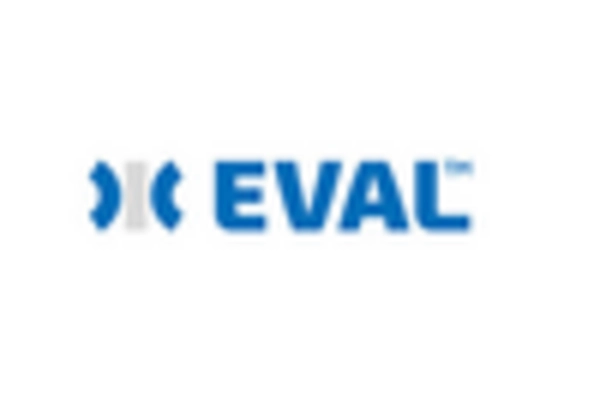


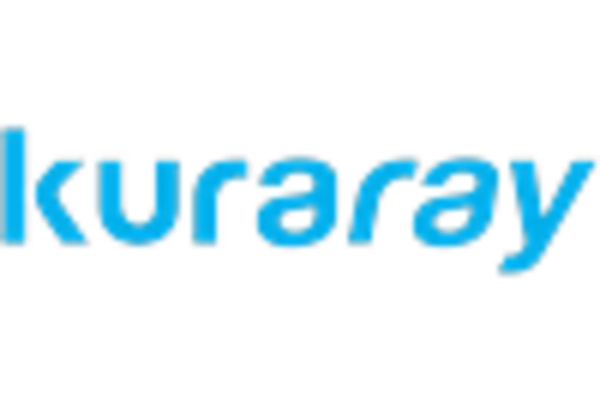
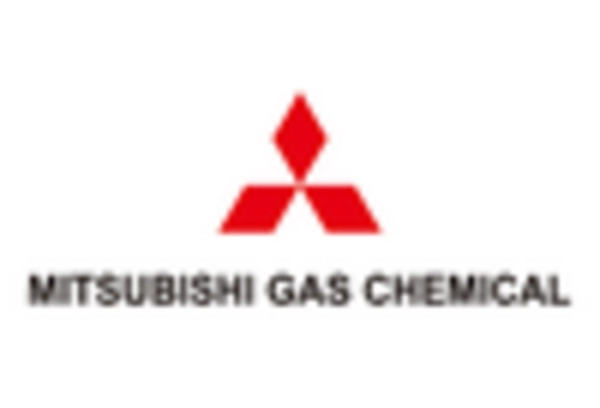








Leave a Comment